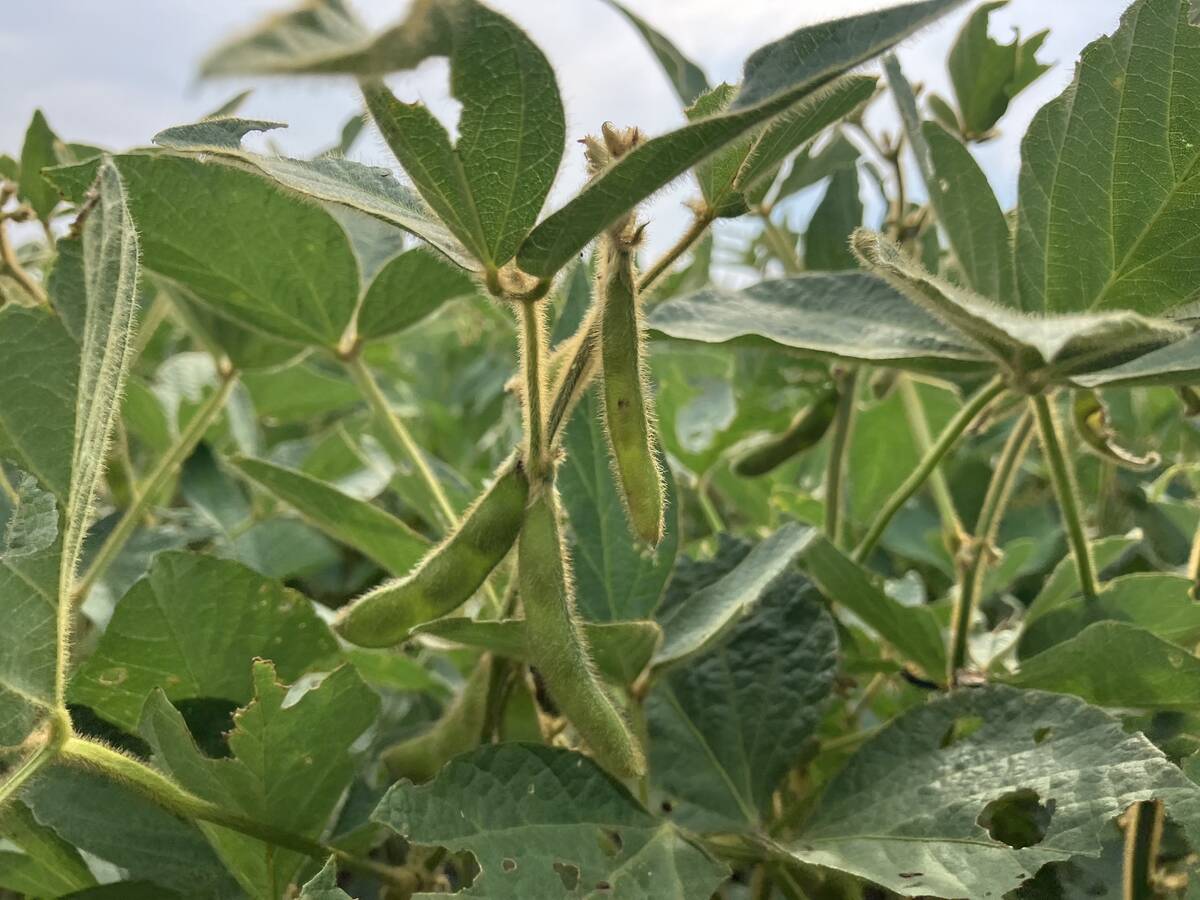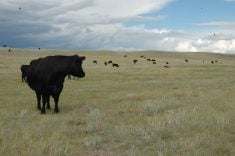Federal and provincial agriculture ministers are under increasing pressure to design one national food inspection system in the aftermath of bovine spongiform encephalopathy’s discovery on an Alberta farm, says federal agriculture minister Lyle Vanclief.
The issue likely will be on the agenda when ministers meet in Winnipeg in early July.
Vanclief told a May 29 news conference that the crisis has injected new life into the debate about creating a mandatory national system out of Canada’s current checkerboard of rules, inspection levels and jurisdictions.
“That was a decision that ministers made two years ago in Whitehorse, that in a number of areas including meat inspection, we need to move to national standards,” he said.
Read Also

Soybean market still figuring out implications of China-U.S. pact
Soybean futures had a muted reaction to the U.S. trade deal with China as the market tries to figure out the nuances of the deal.
“This is not diminishing how good provincial standards are, but I think it is easier to explain and monitor and enforce if we have one standard in the country.”
At least one provincial minister quickly agreed that the BSE case has turned up the temperature in the meat inspection debate.
“In Ontario, we’re open to anything that will give confidence to the world that Ontario food is safe,” Ontario agriculture minister Helen Johns said.
“I’m not opposed to it (national standards).”
However, she also noted that it could be a costly and controversial decision for many provinces whose provincially inspected plants would have to be upgraded.
For more than a decade, discussions have been under way to develop a “national meat code,” but implementation has bogged down in disagreements between the Canadian Food Inspection Agency and the provinces over whether every province must sign on before it takes effect and whether small unregulated abattoirs in some provinces are compatible with proposed new national standards.
All meat that crosses provincial or international boundaries must now be from a CFIA-inspected plant, which accounts for more than 90 percent of Canada’s meat production. Provinces also operate inspection systems for plants producing food solely for provincial markets.
In some provinces, including Saskatchewan and British Columbia, provincial plants can opt out of the meat inspection system, leaving them subject only to occasional health department inspector visits.
Even in provinces where inspection and testing are mandatory, including Ontario and Alberta, there are different rules.
Johns said the infected cow head that sat in the Alberta queue for more than three months before it was tested would have been tested in Ontario within 10 days and the body would not have been rendered into feed until the brain was tested.
The differences between federal and provincial standards often relate to the physical plant, rather than actual meat inspection.
Provincial ministers have said they do not want to force federal CFIA standards on all their abattoirs and small packing plants because the costs could put them out of business. They want a national standard that would allow inter-provincial sales from plants that do not meet CFIA and international physical structure standards. They also want the national system phased in as provinces are ready to sign on.














